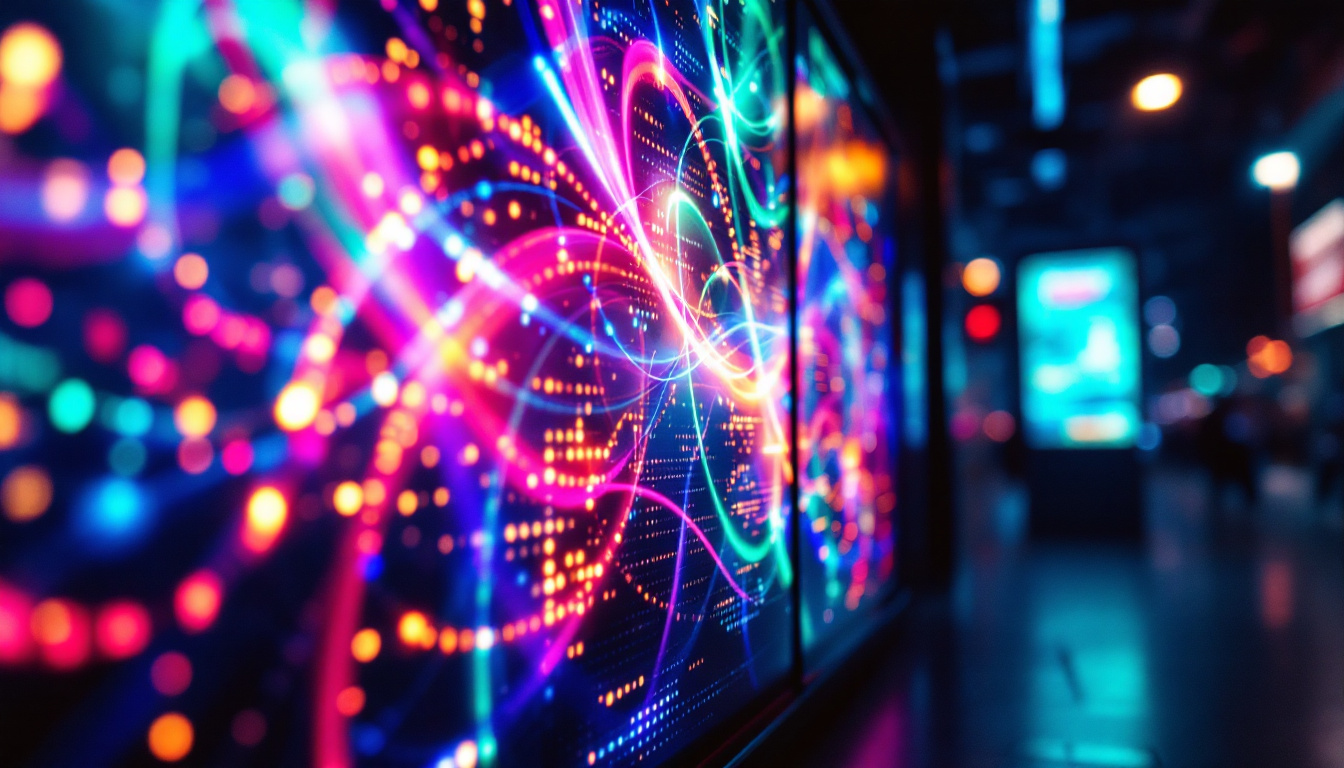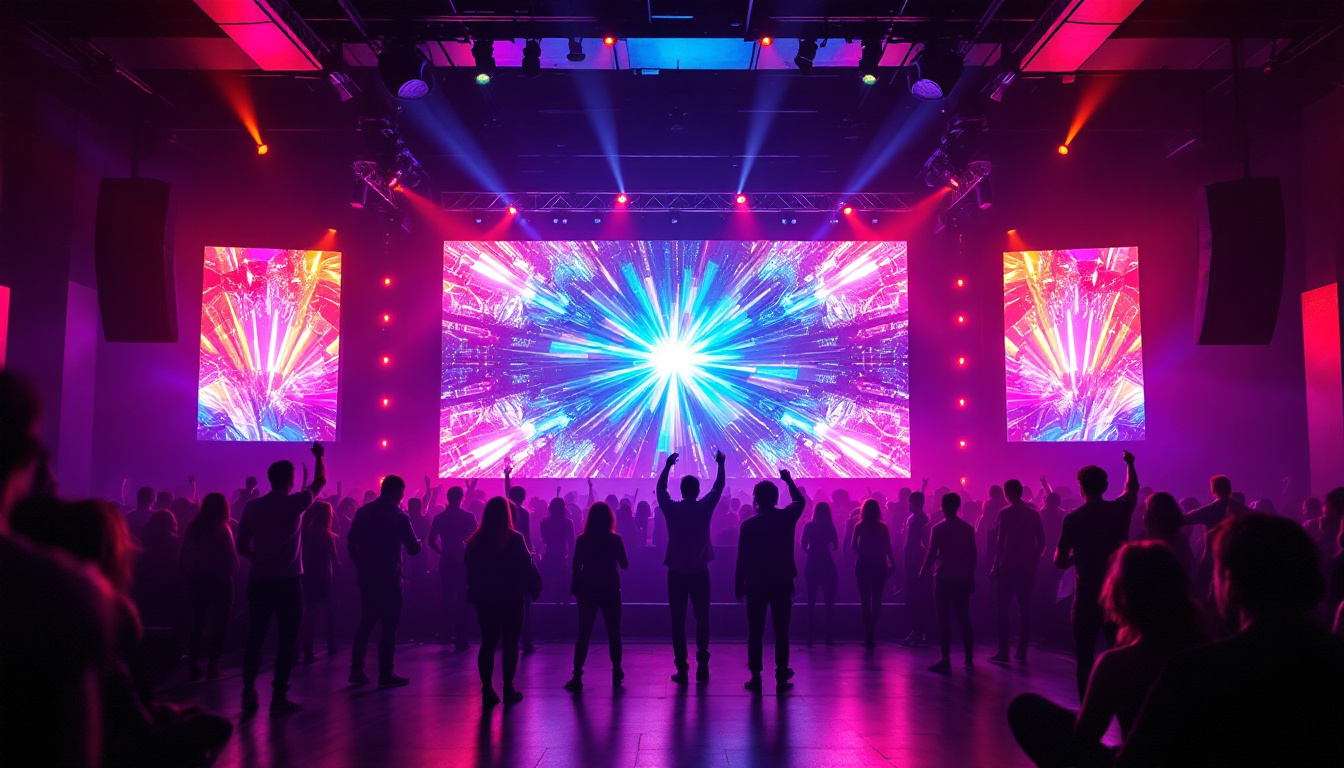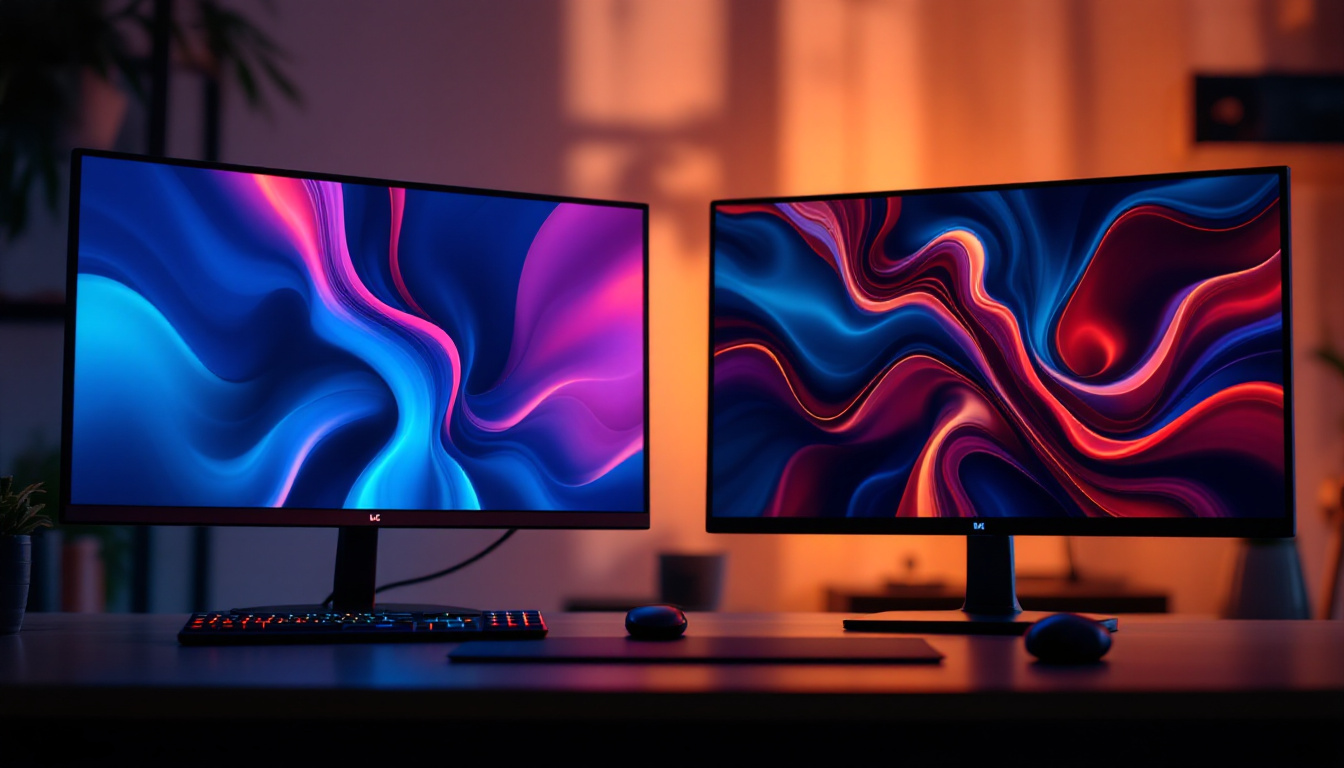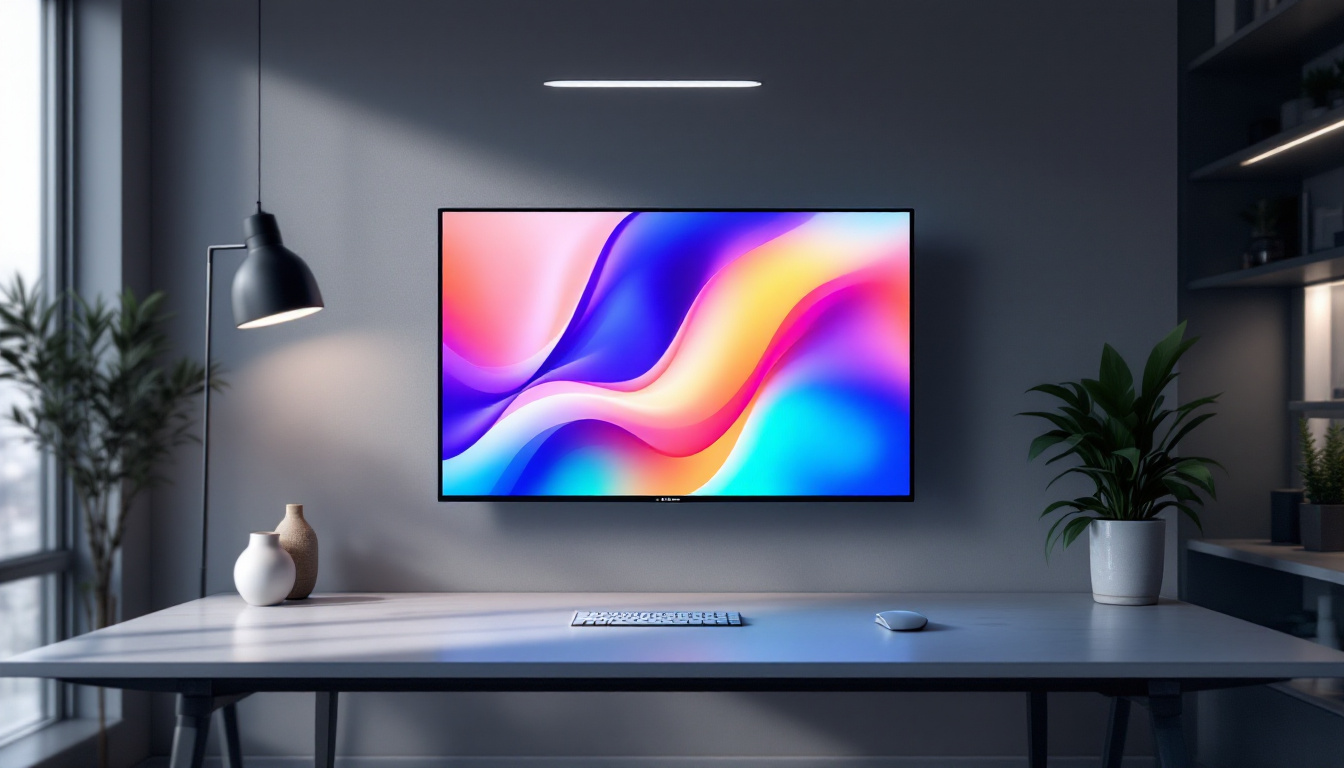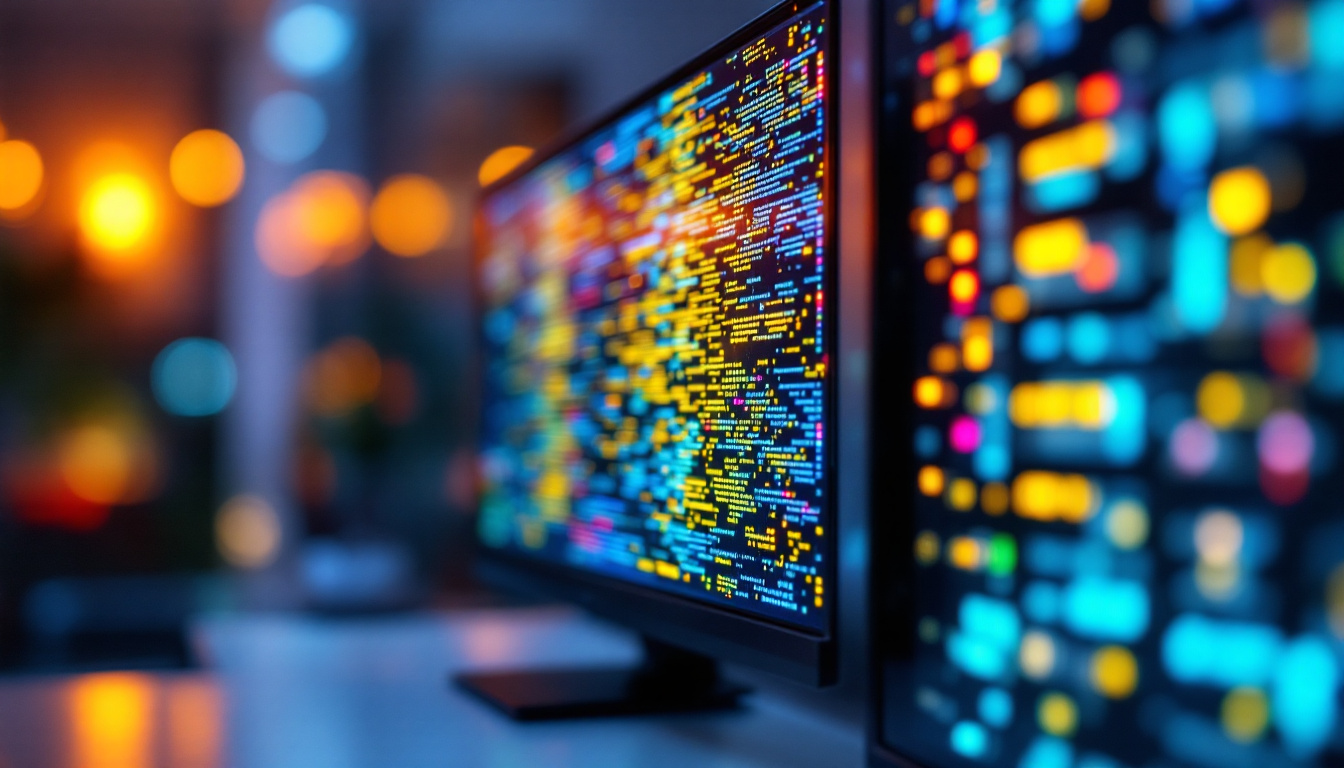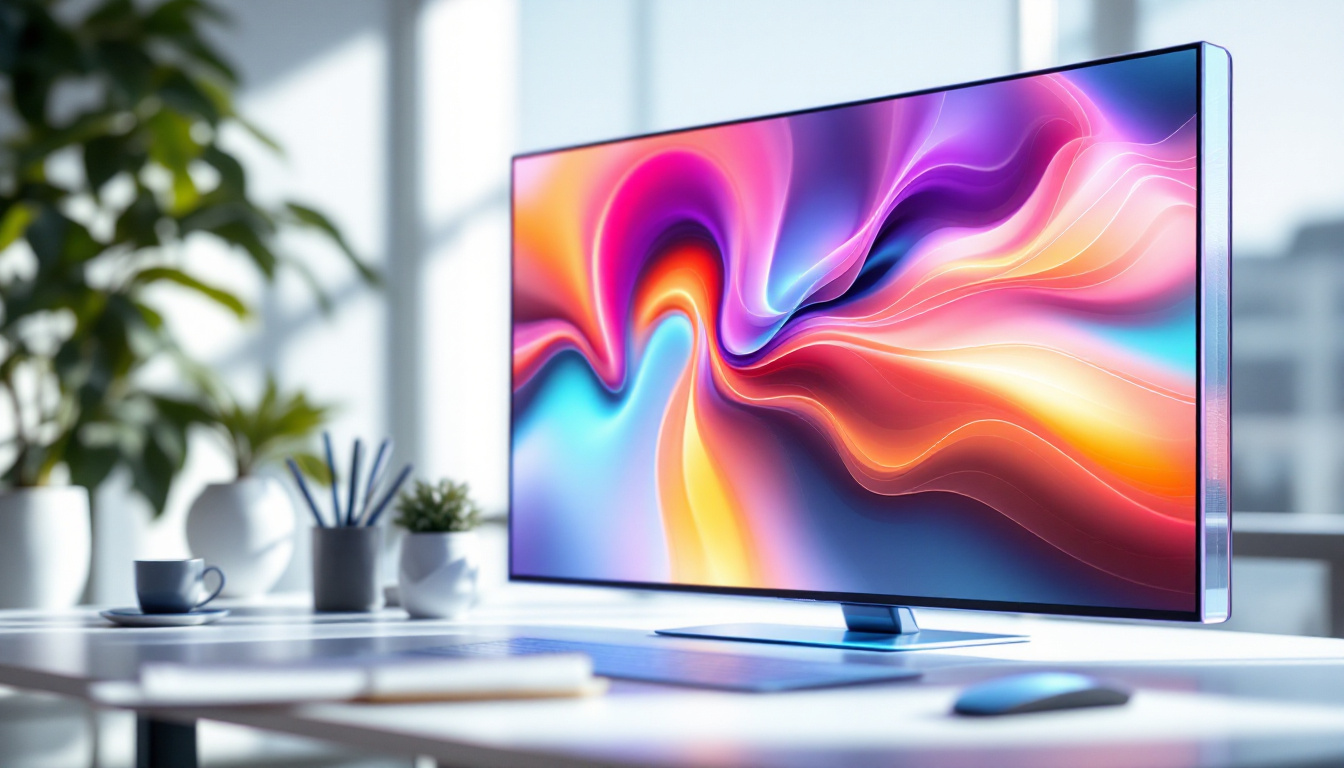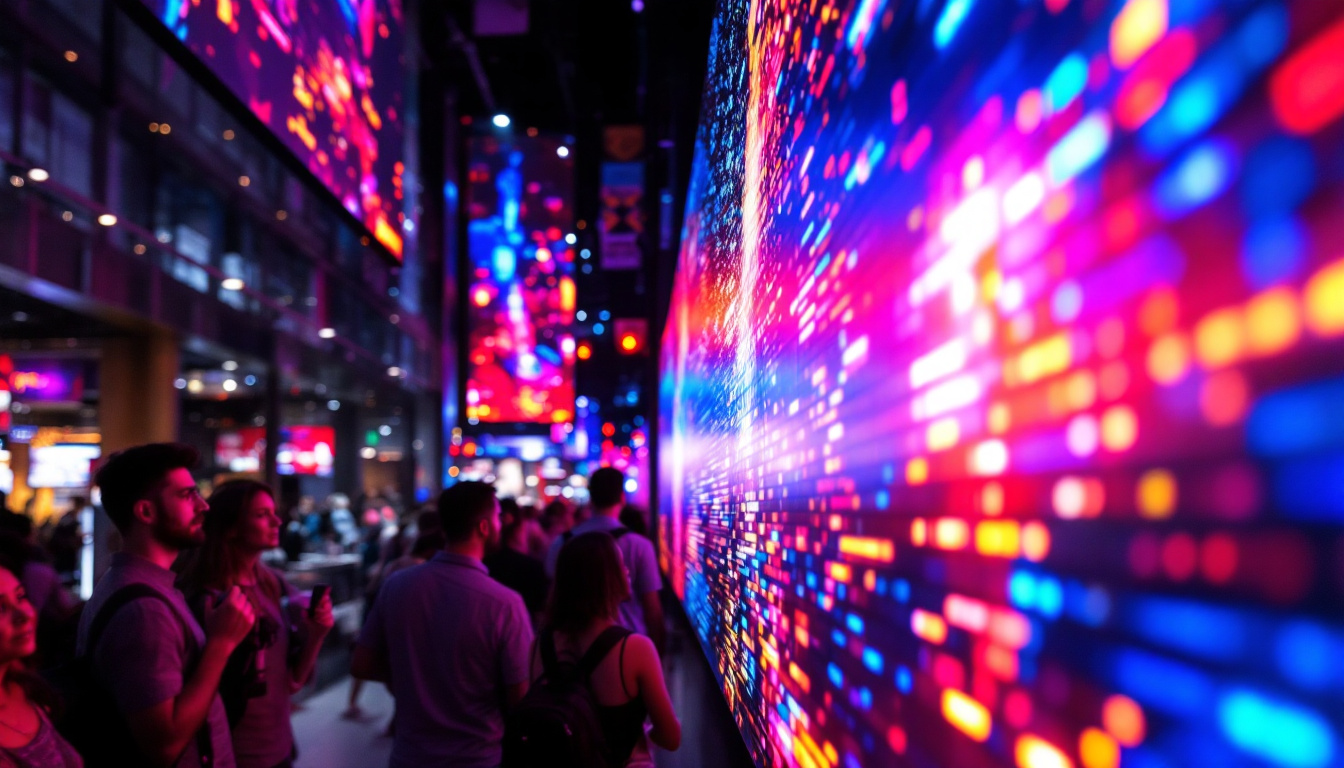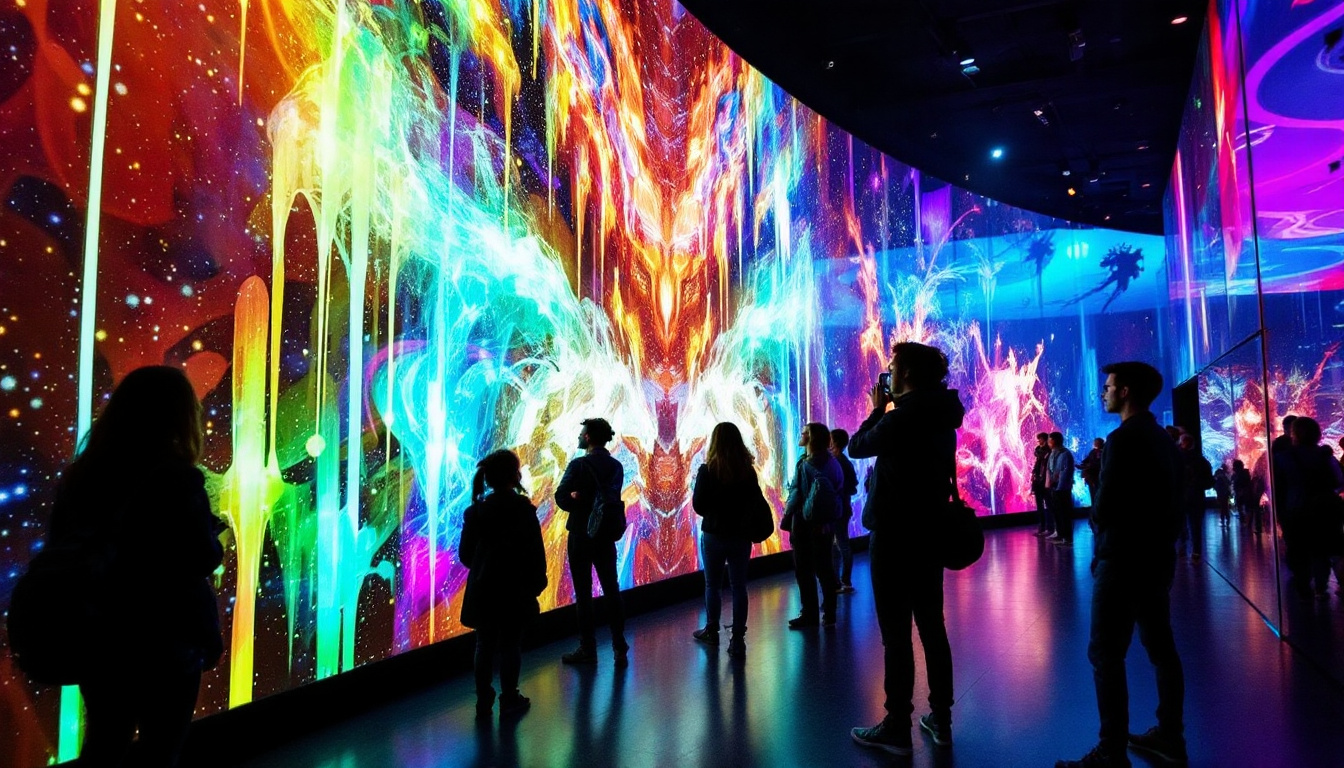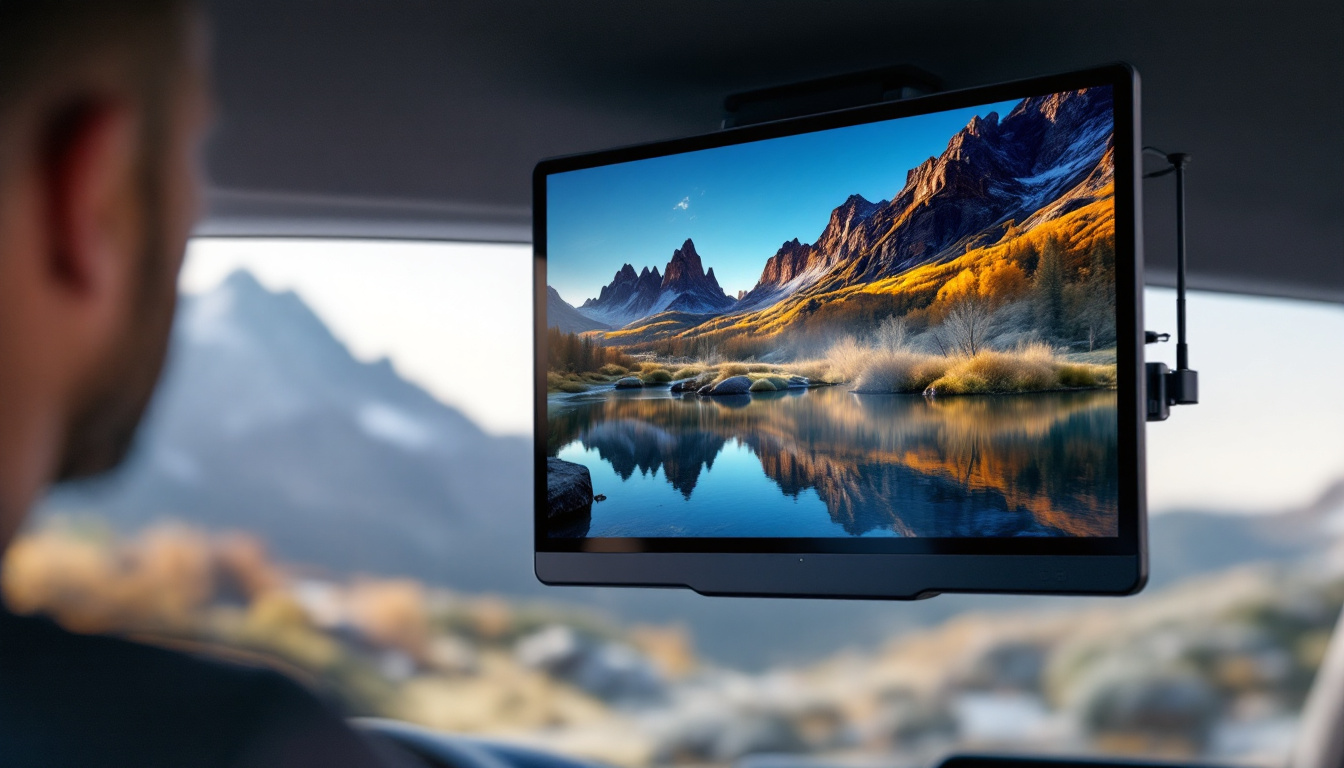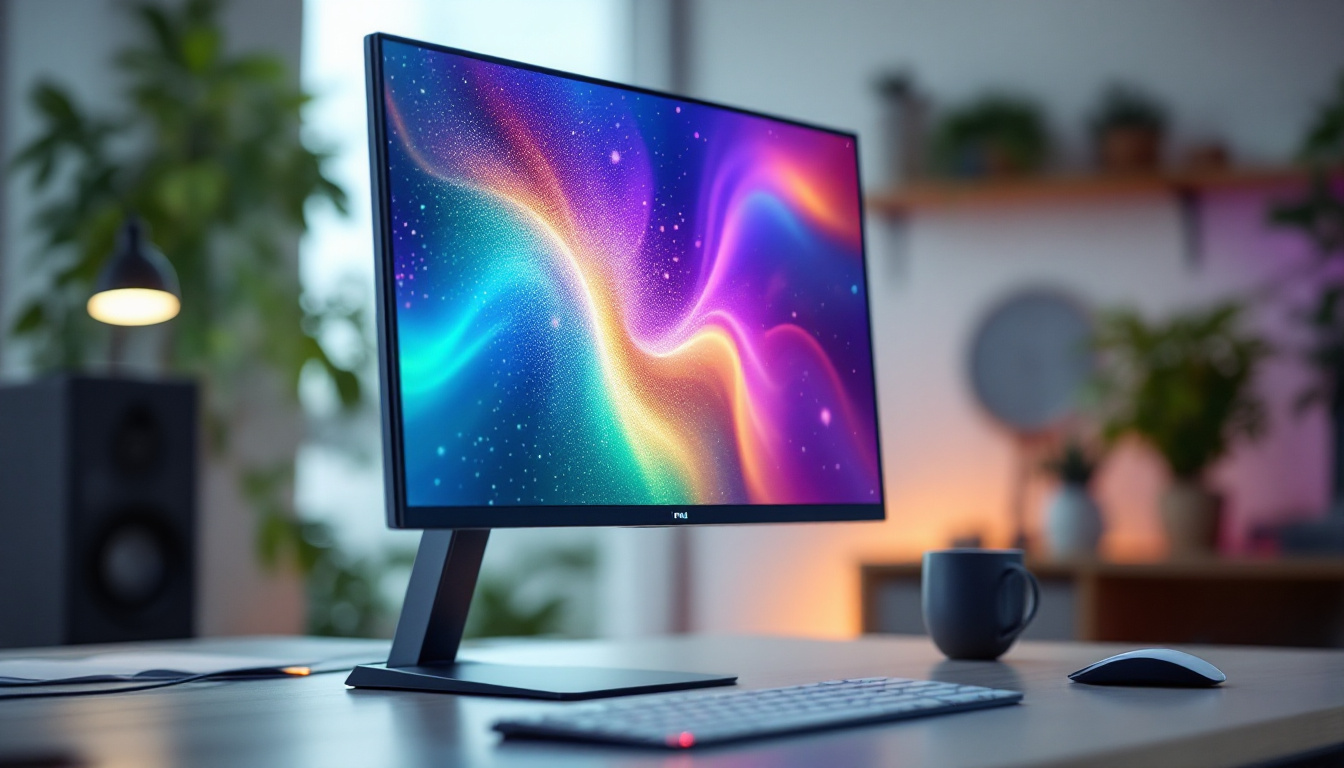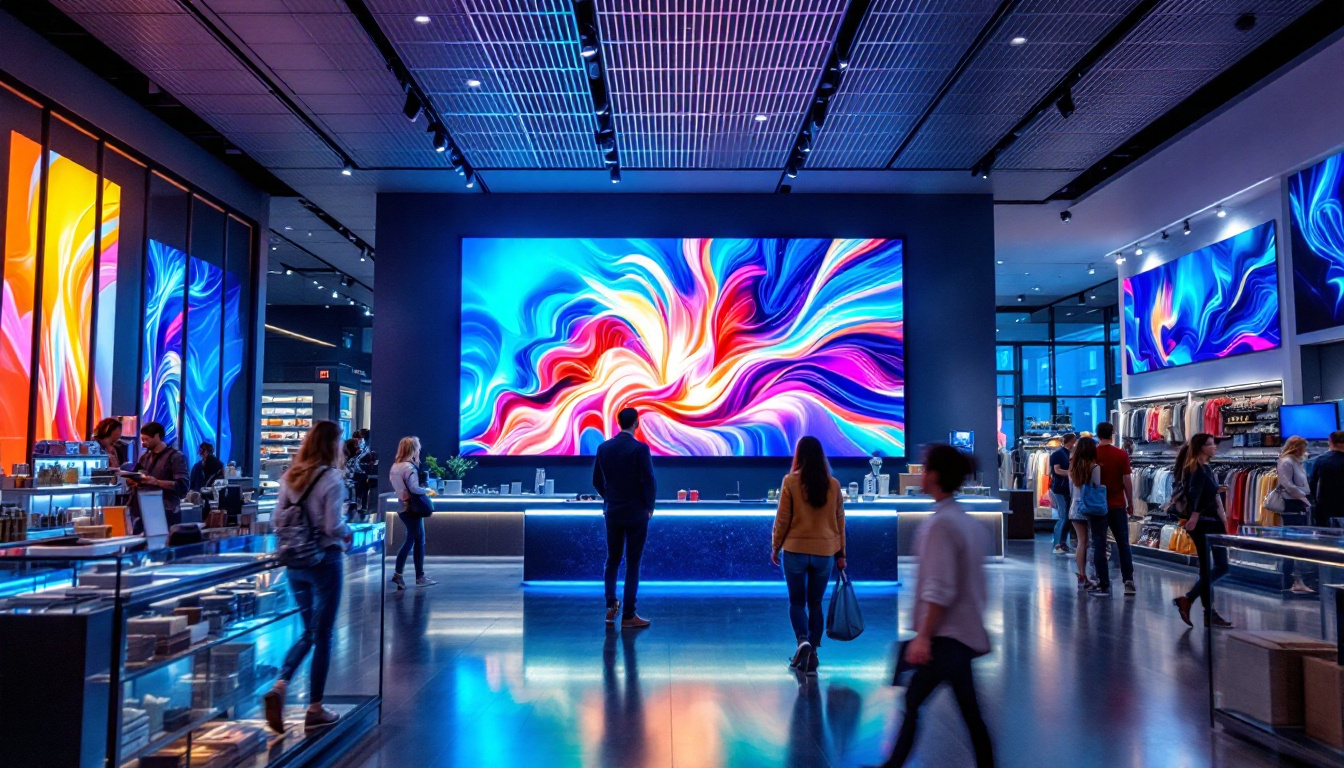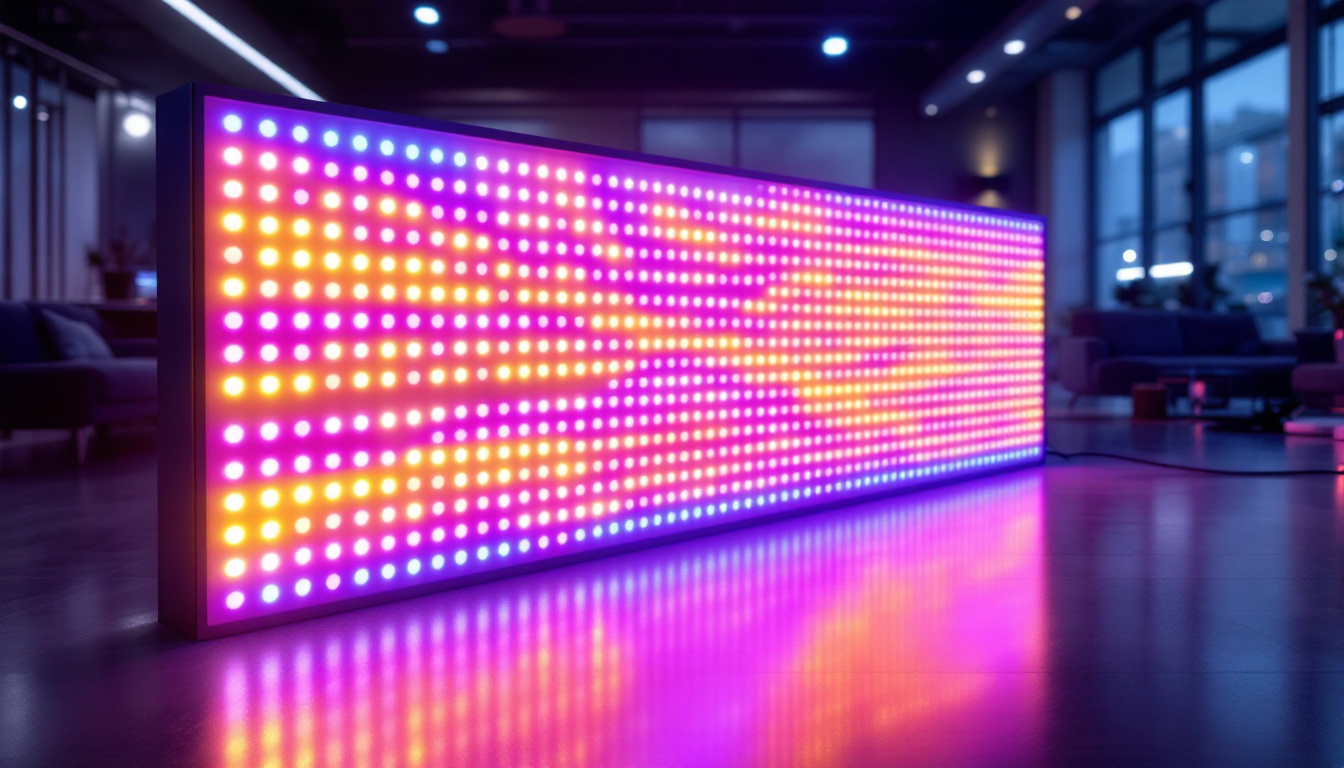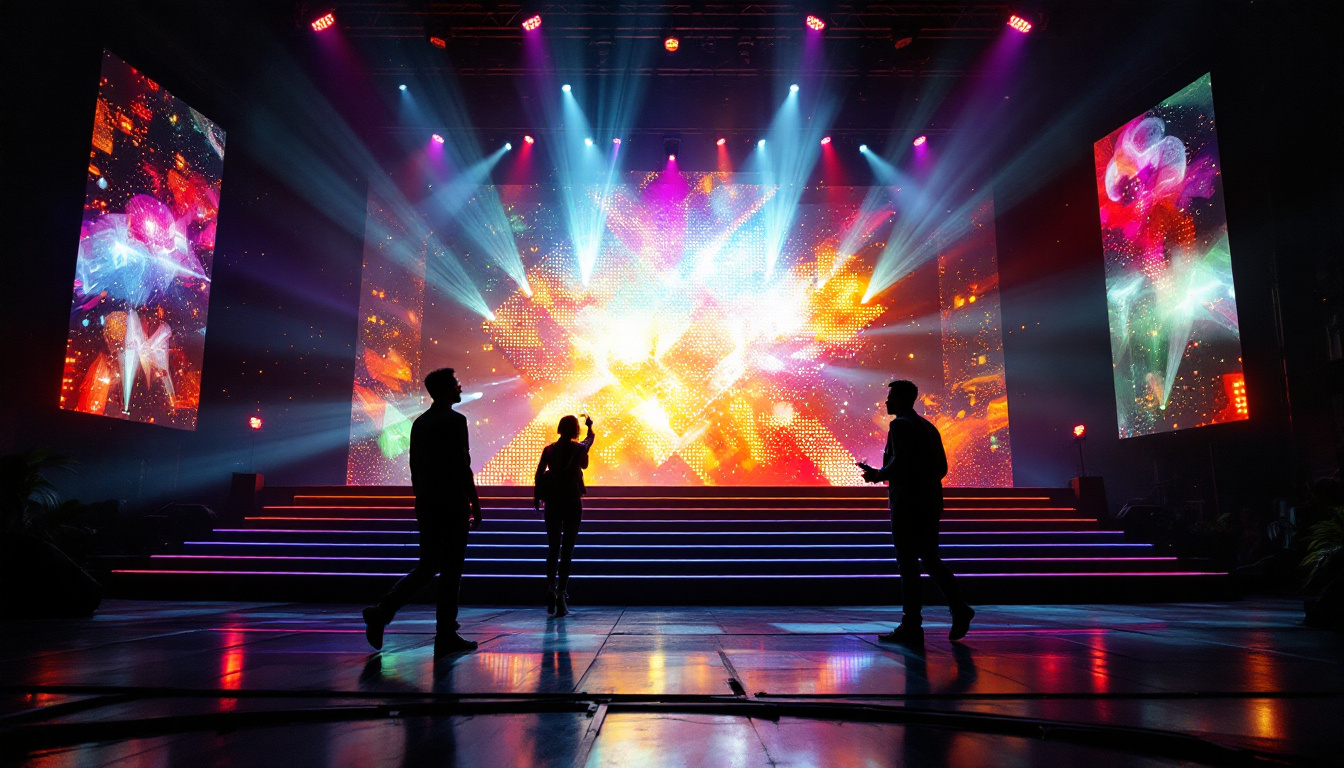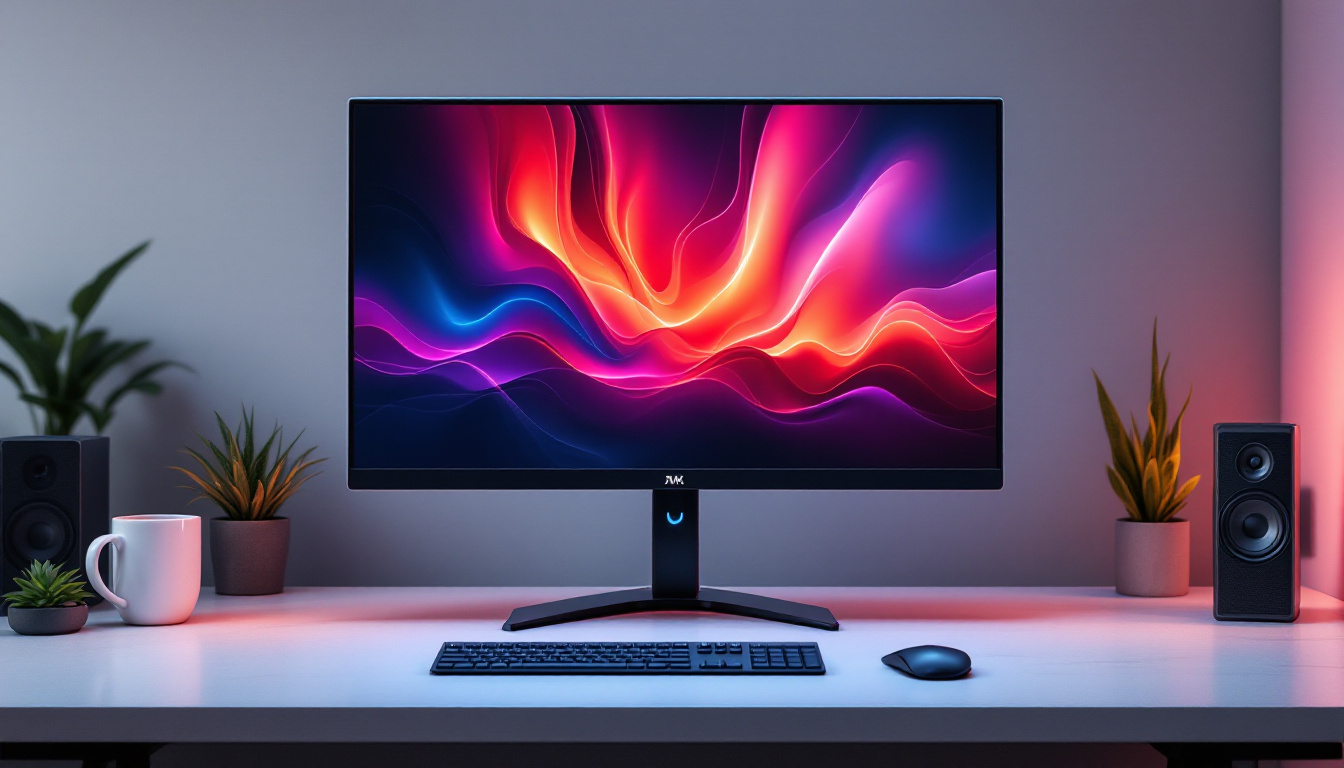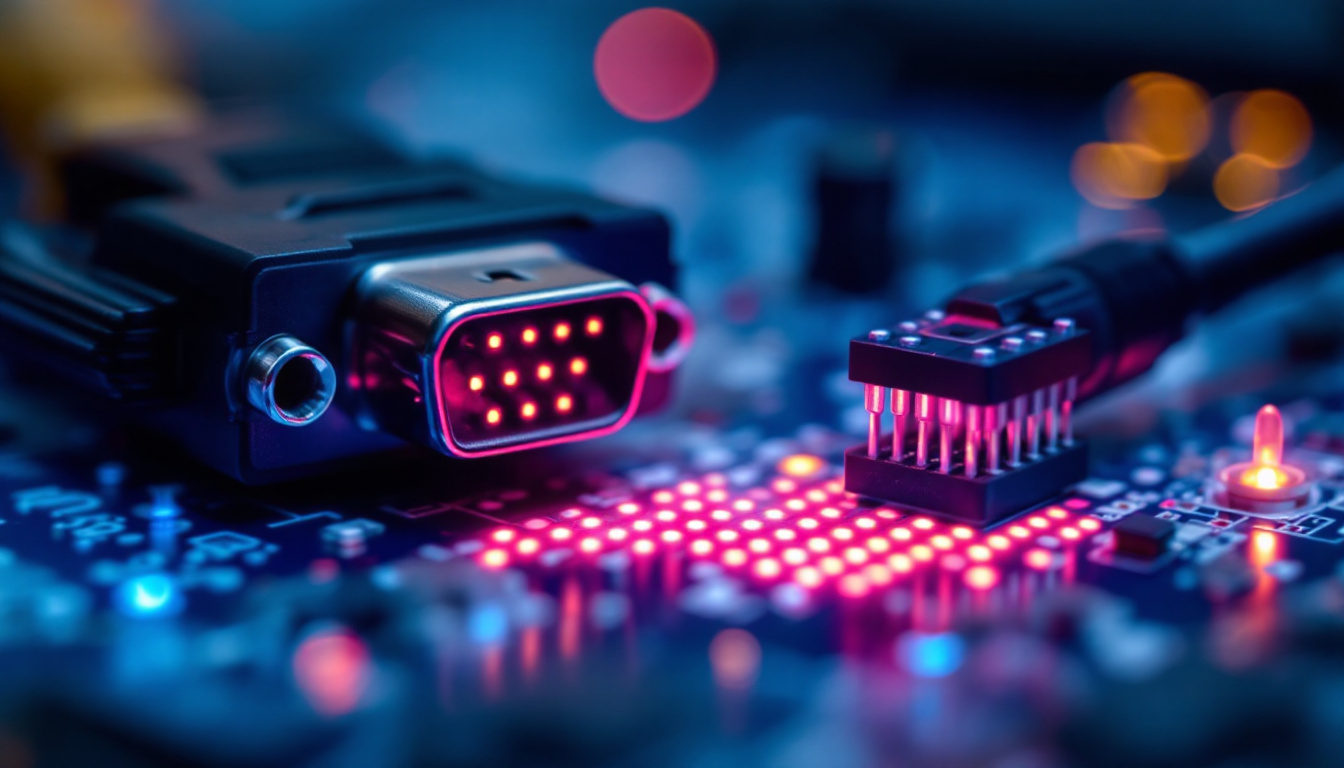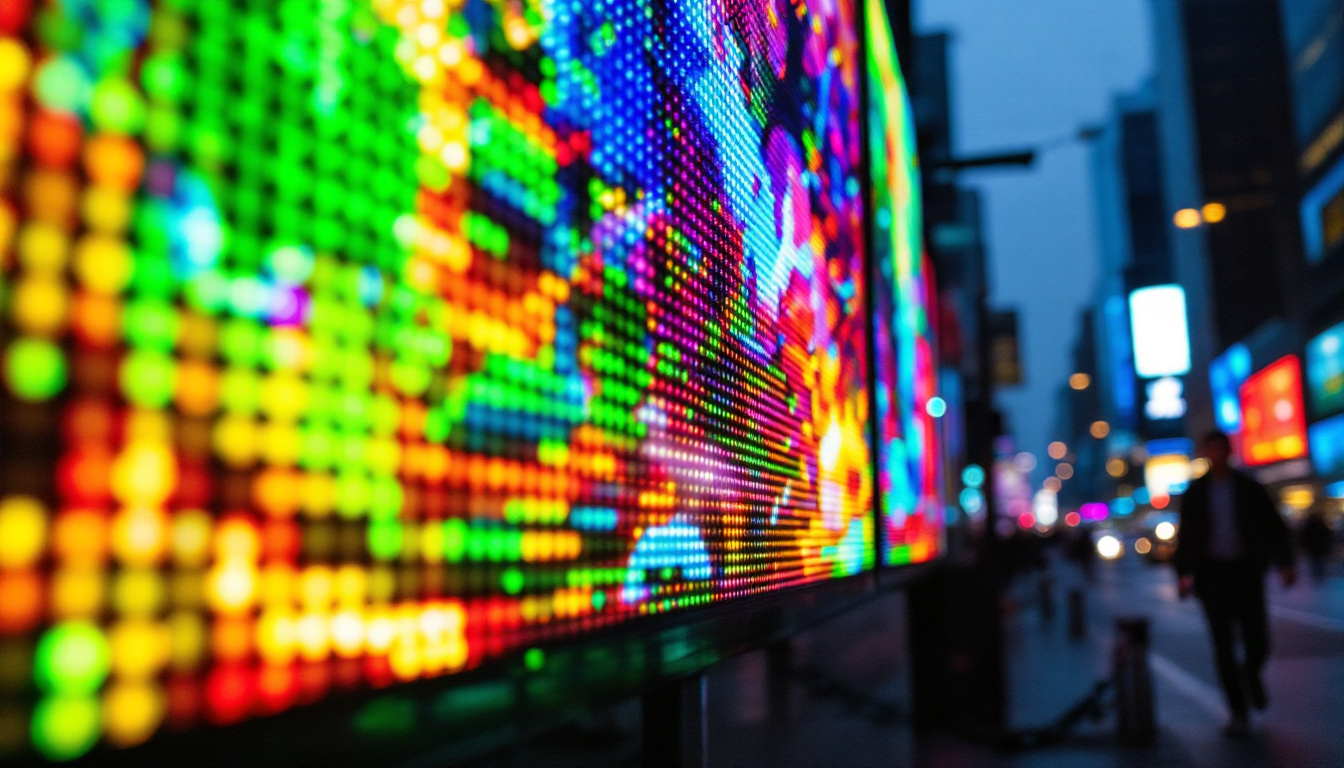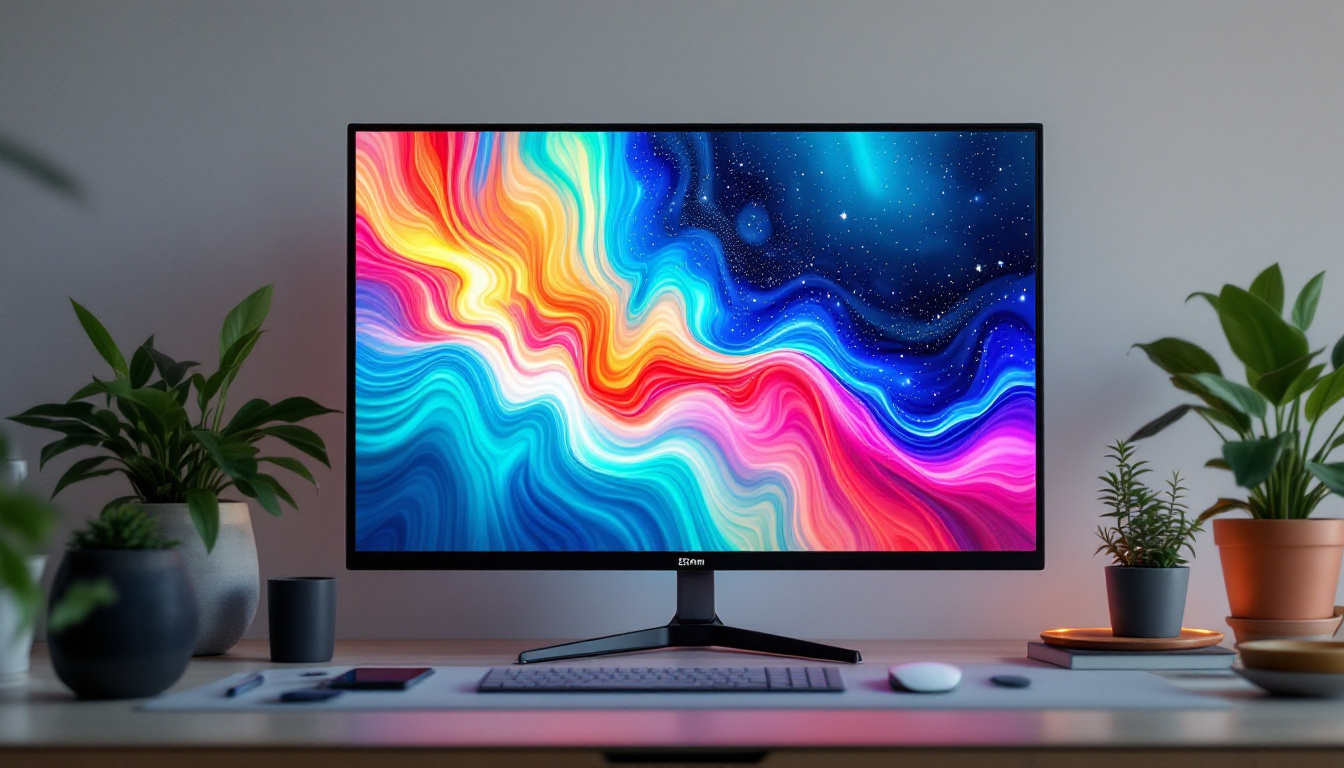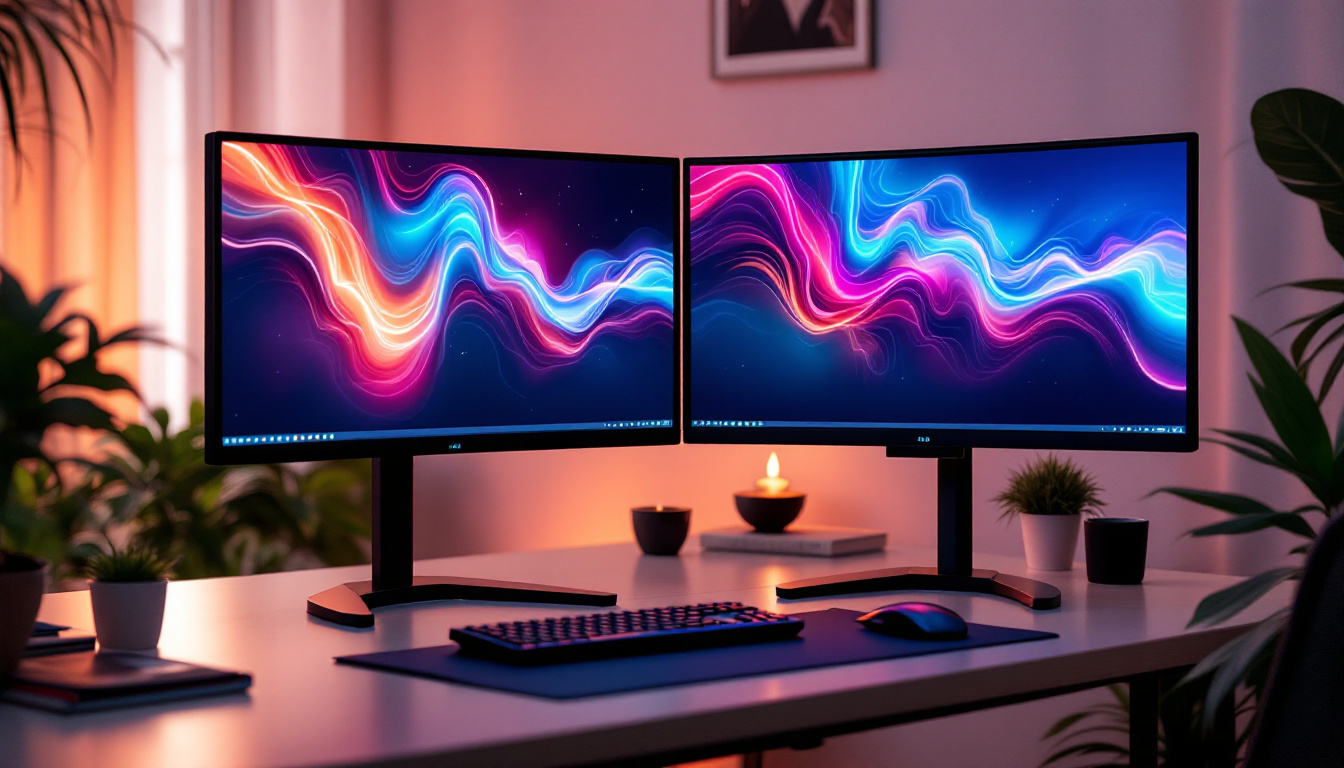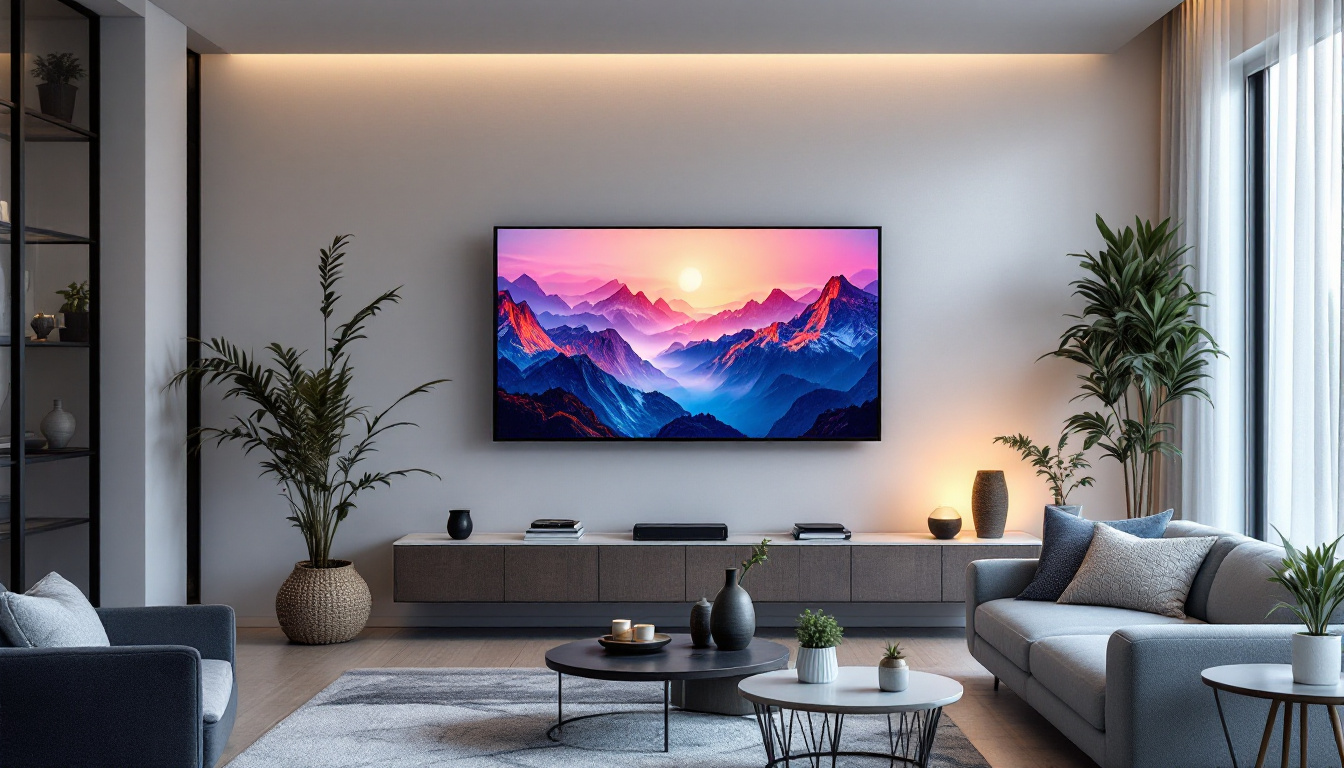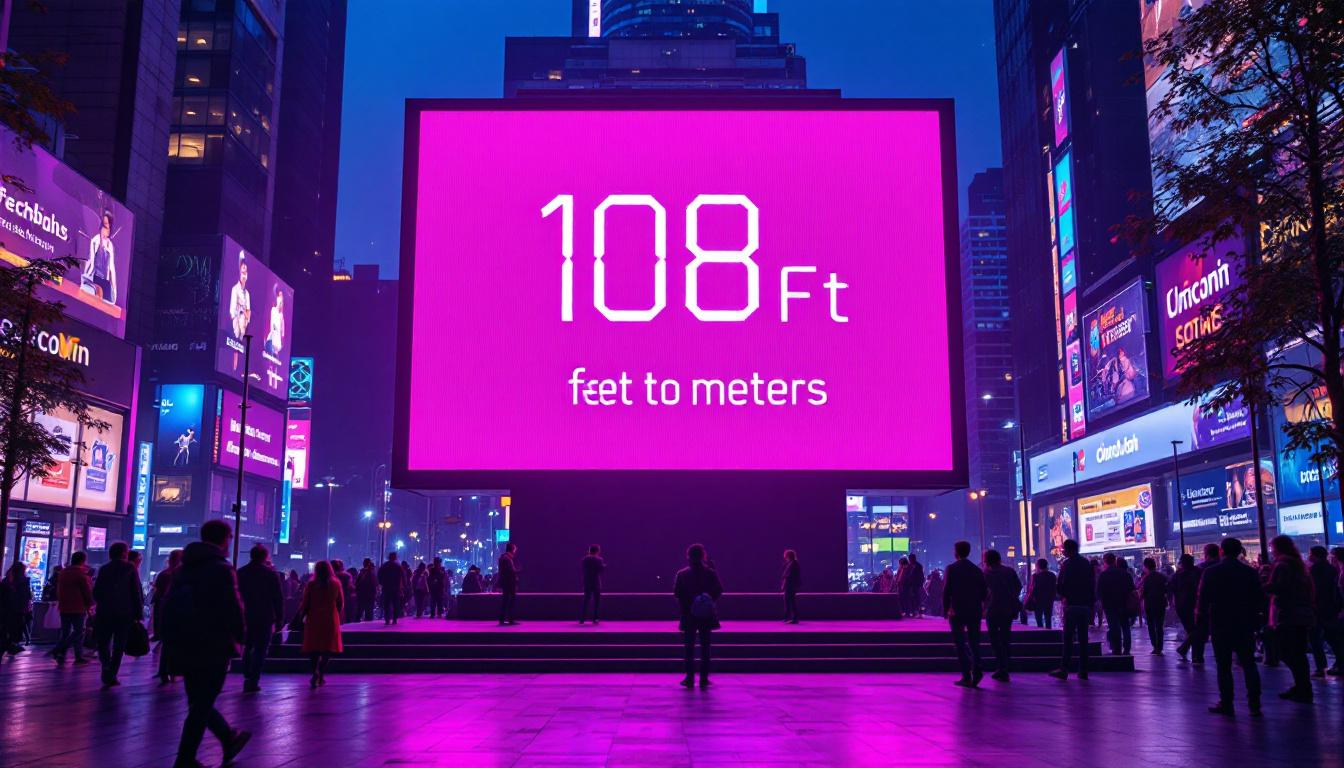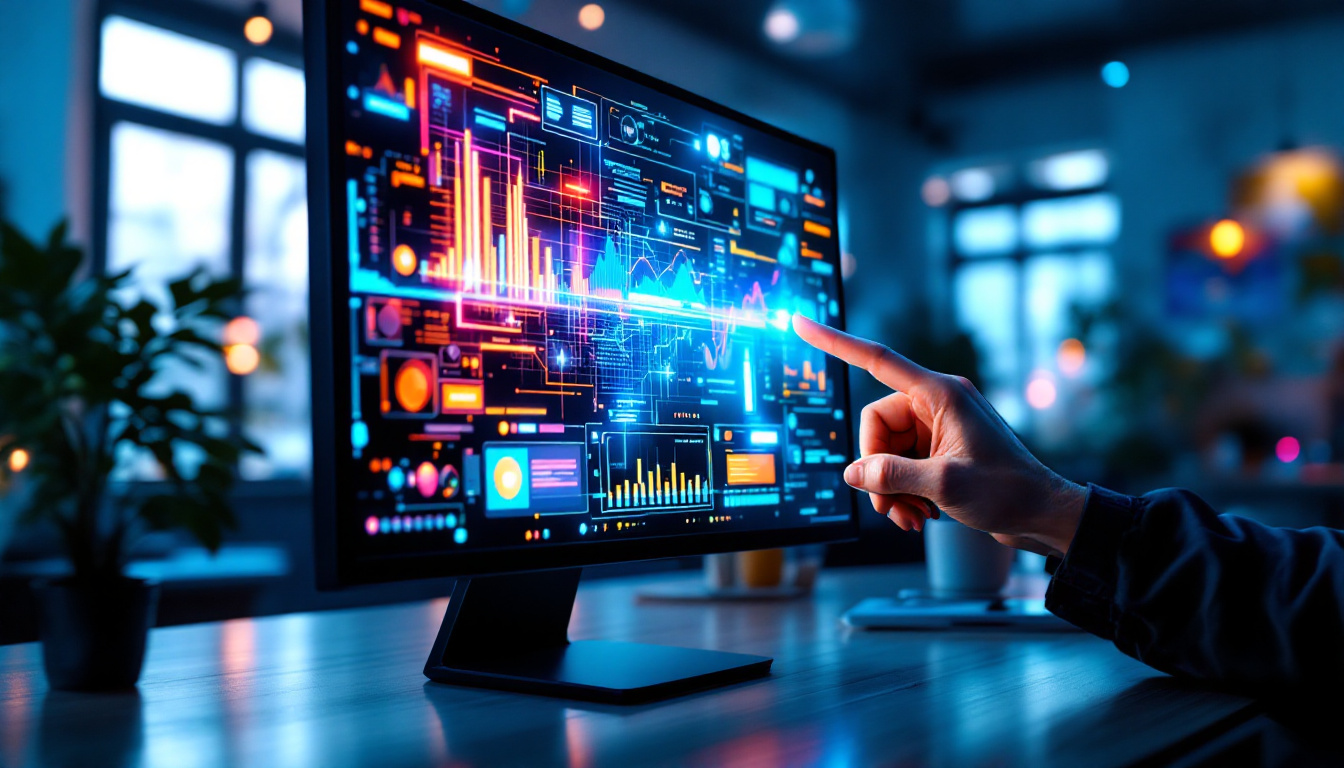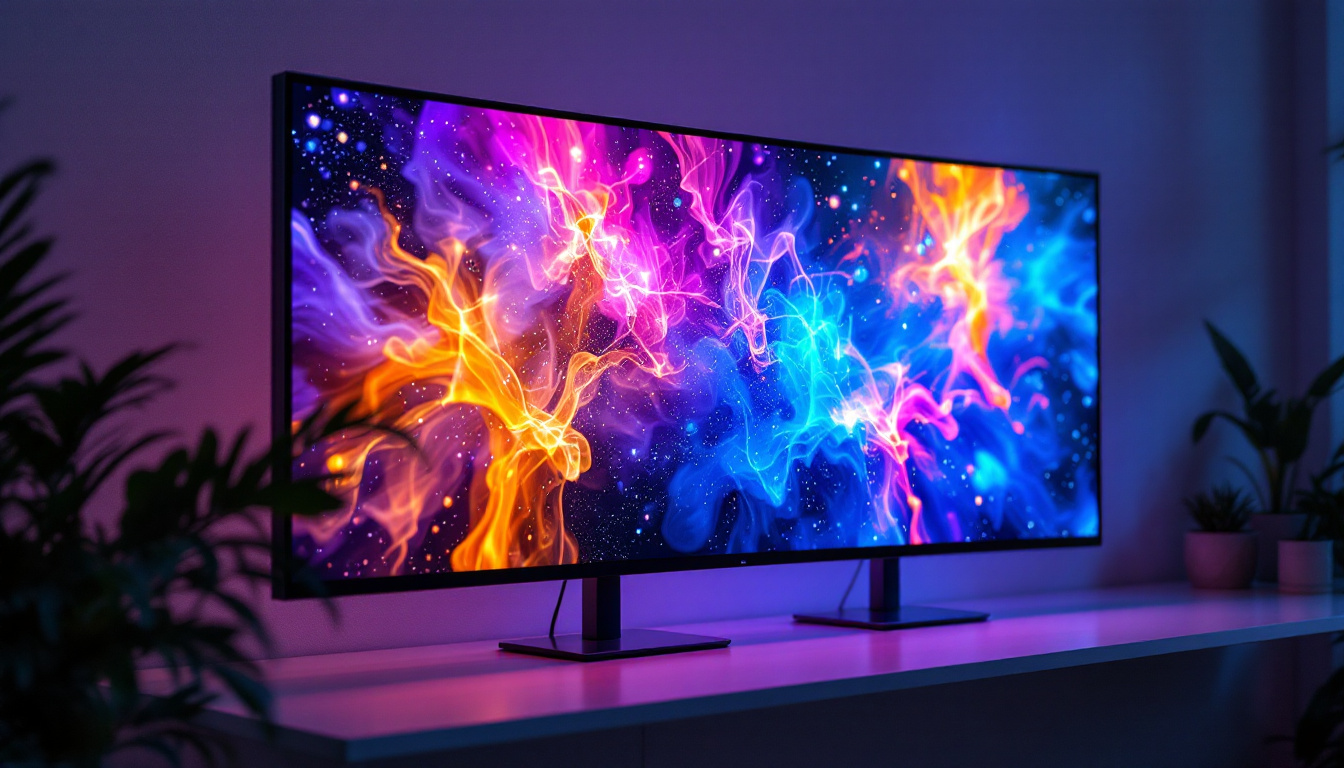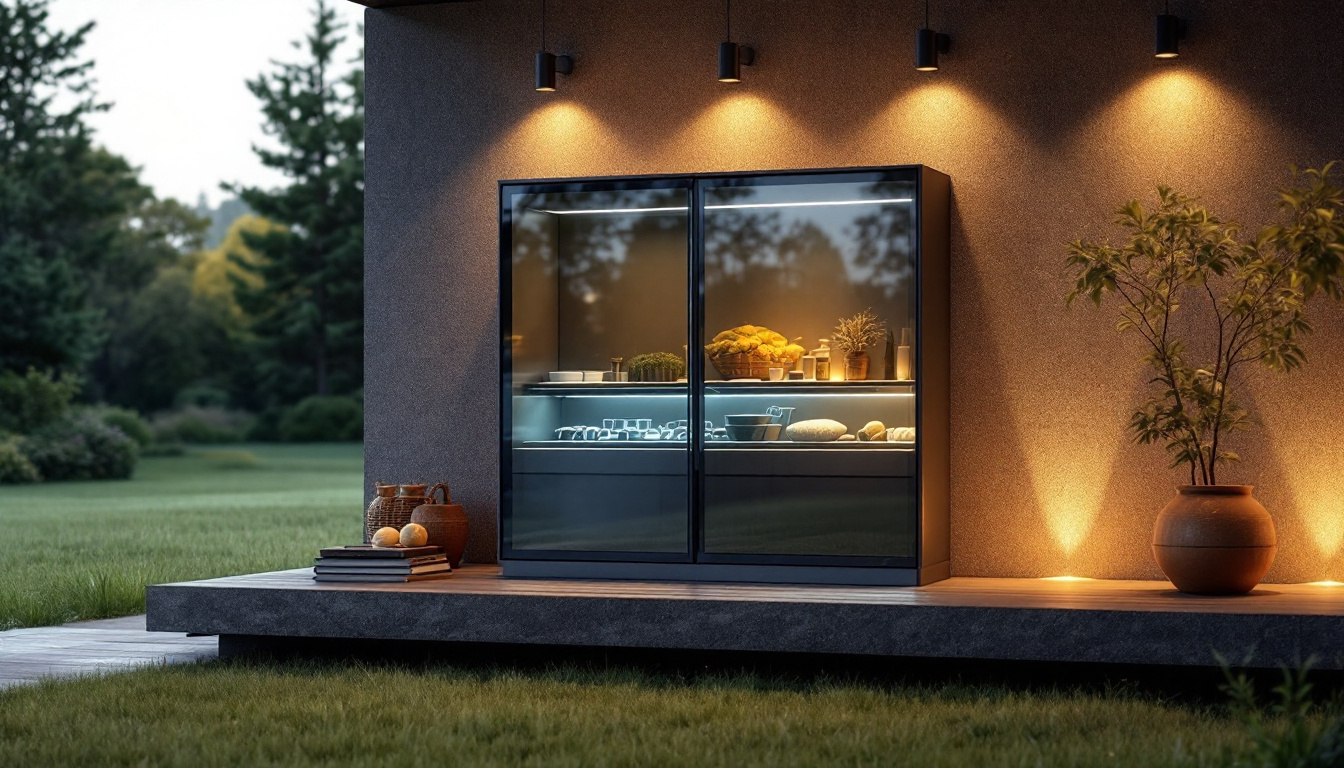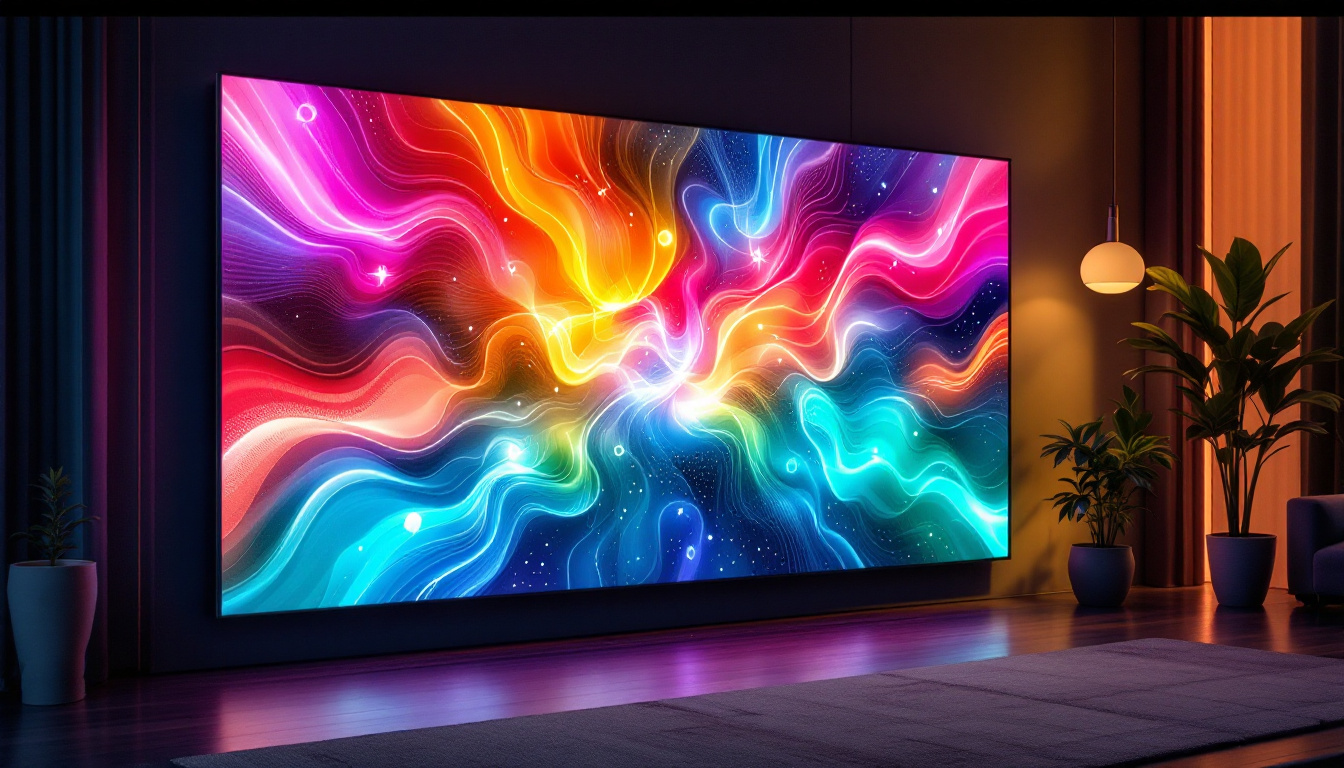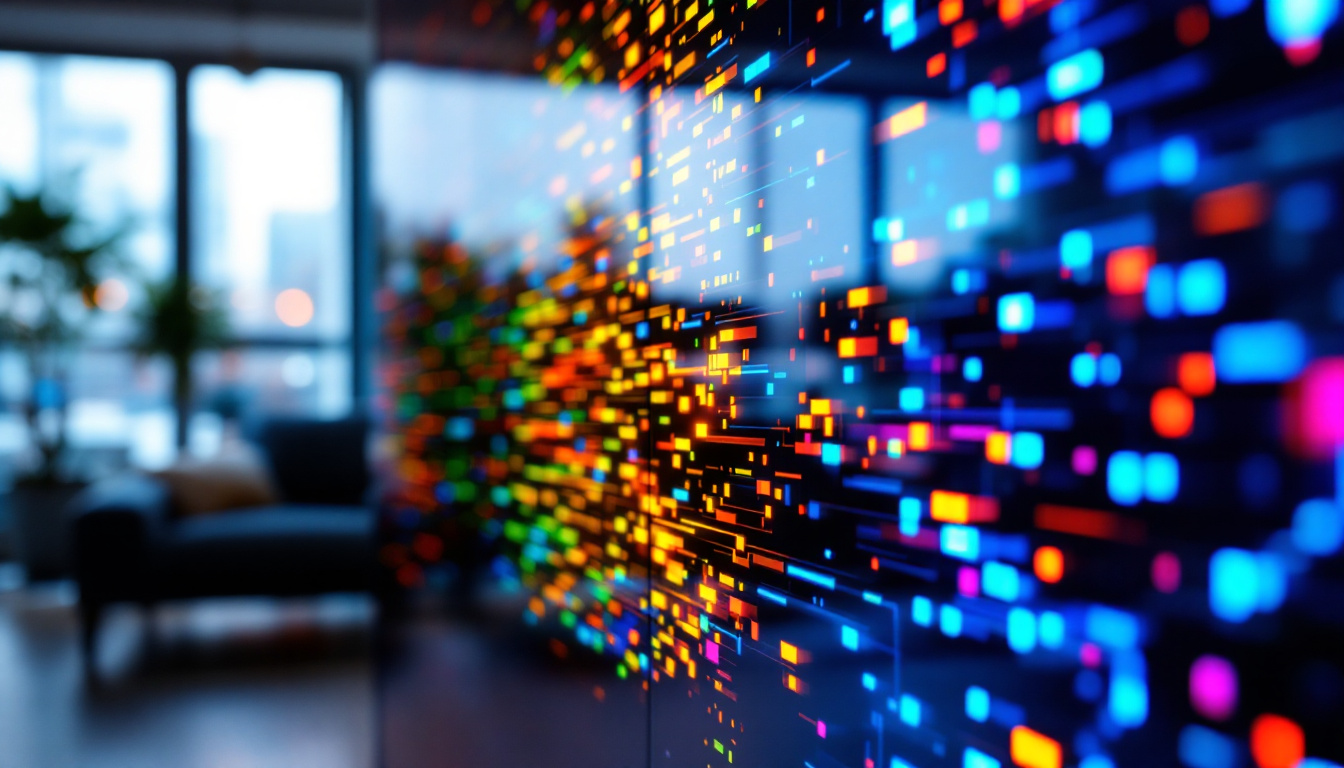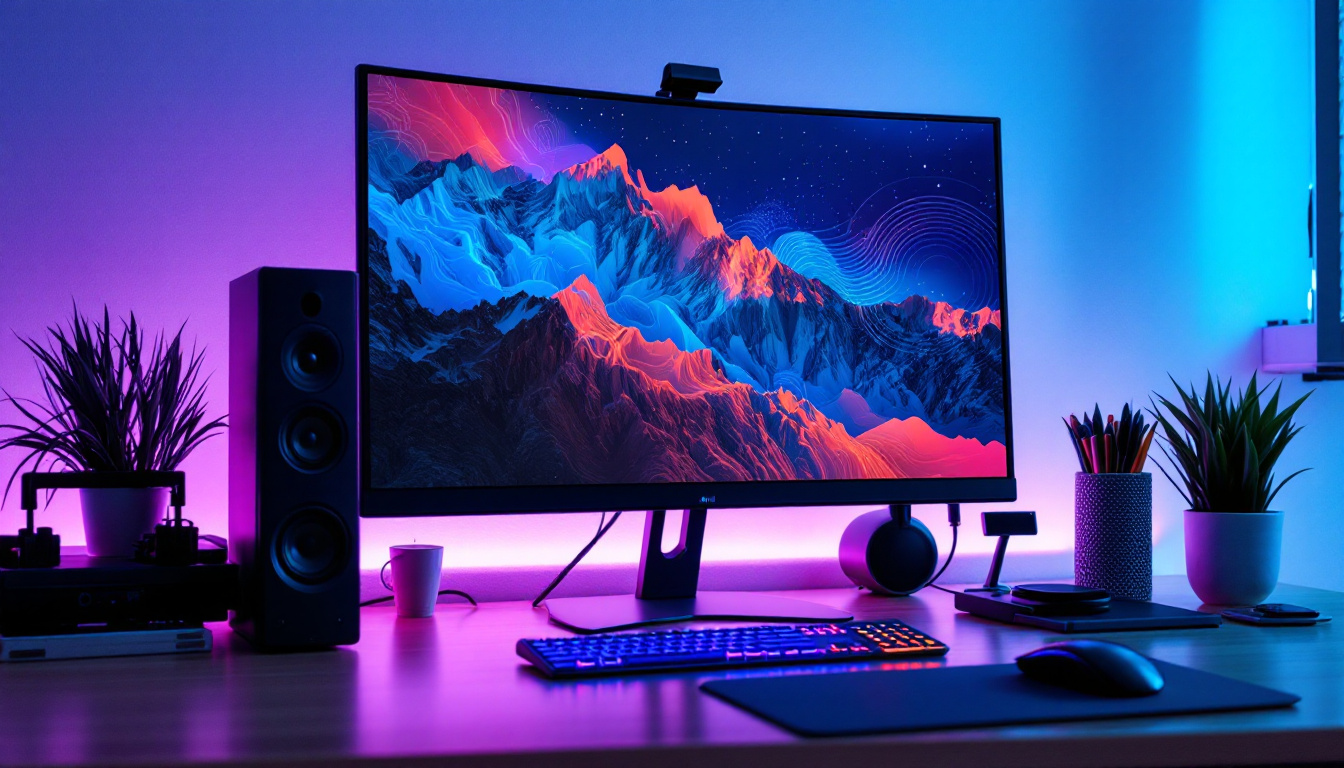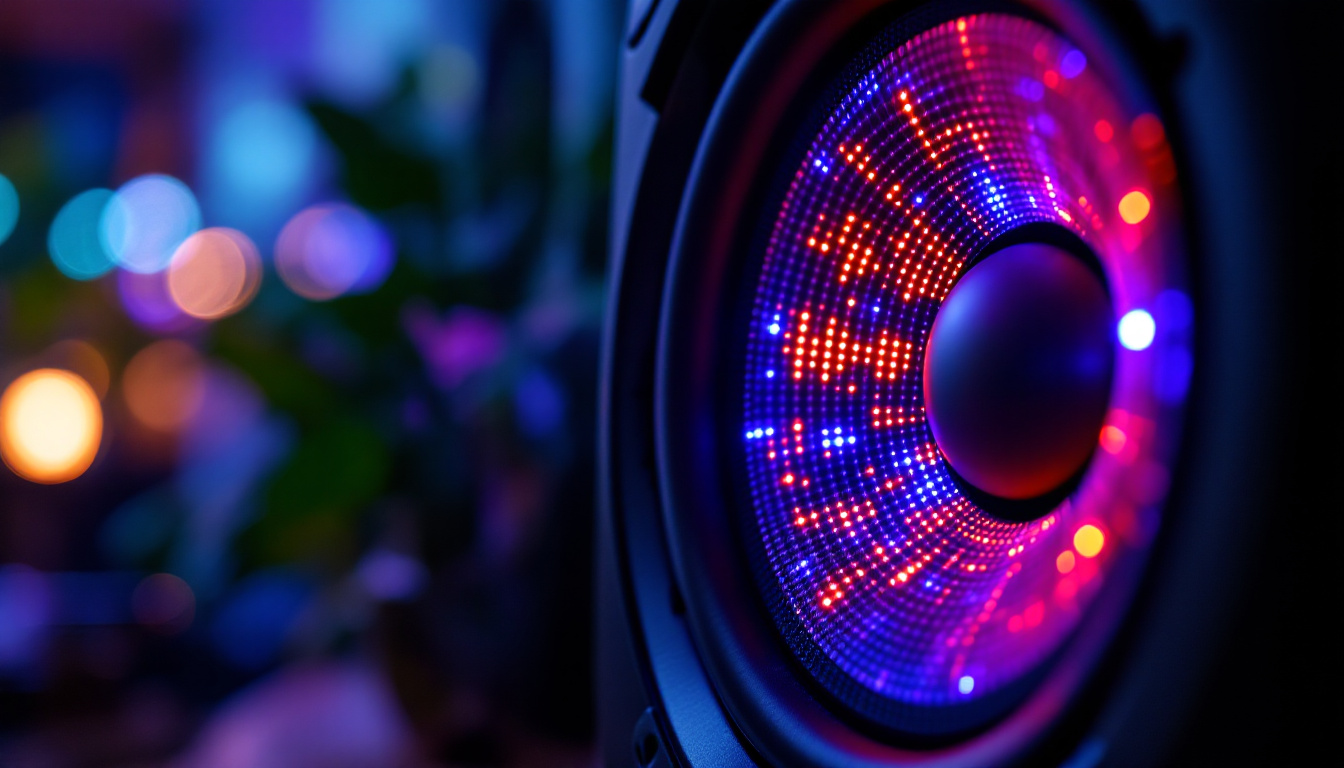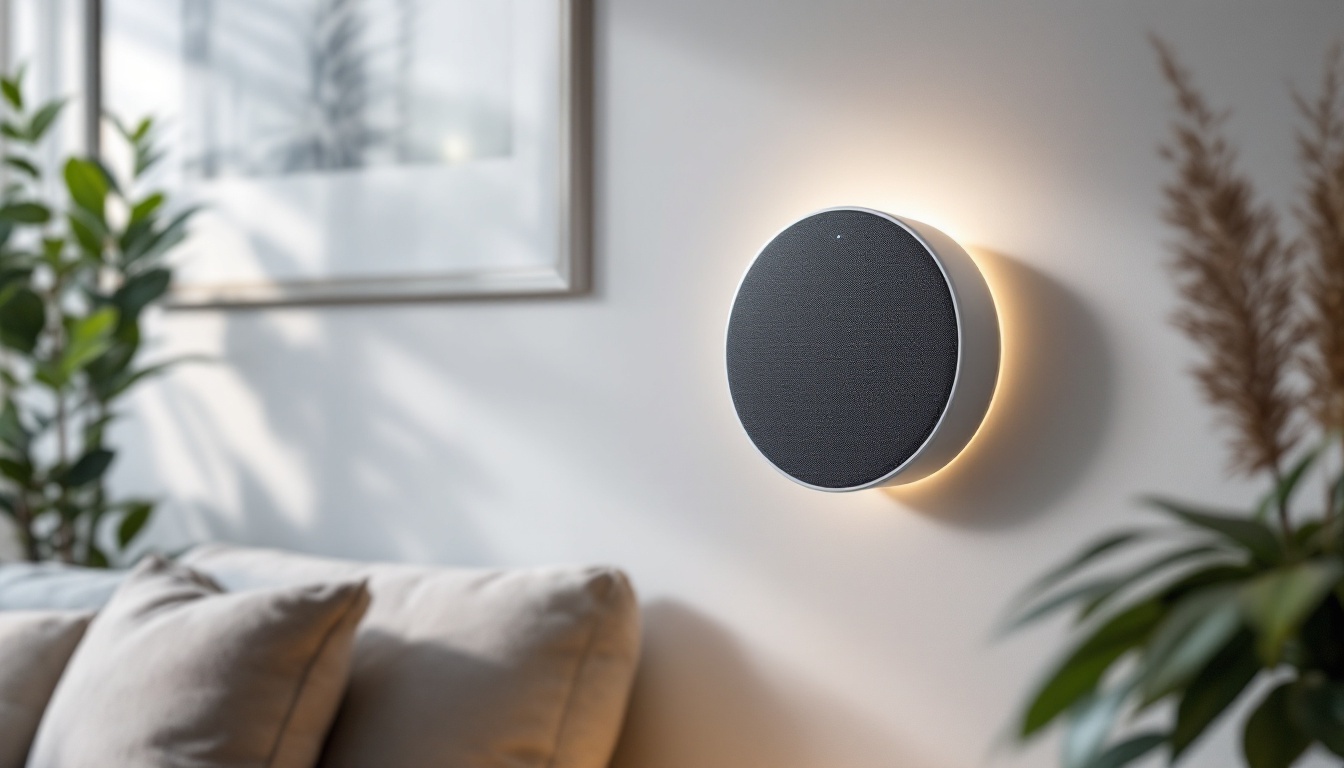In today’s fast-paced digital world, the way information is presented plays a crucial role in communication and engagement. Among various display technologies, LED (Light Emitting Diode) displays have emerged as a popular choice for both commercial and personal use. Their versatility, energy efficiency, and vibrant color reproduction make them an ideal solution for a wide range of applications. This article delves into the intricacies of LED displays, exploring their functionality, types, advantages, and applications.
Understanding LED Technology
LED technology has transformed the landscape of visual displays, offering a robust alternative to traditional lighting and display methods. At its core, an LED display consists of numerous tiny light-emitting diodes that work together to create images and videos. This section will explore the fundamental principles behind LED technology and how it differs from other display types.
How LED Displays Work
LED displays operate by passing an electric current through a semiconductor material, which then emits light. Each pixel in an LED display is made up of red, green, and blue (RGB) diodes that can be combined in various intensities to produce a wide spectrum of colors. When these pixels are illuminated in different combinations, they create the images and videos that users see.
One of the significant advantages of LED technology is its ability to achieve high brightness levels, making it suitable for both indoor and outdoor environments. Additionally, LED displays can be designed in various shapes and sizes, allowing for creative installations that can capture attention and convey messages effectively. The energy efficiency of LED technology also plays a crucial role in its popularity, as it consumes significantly less power compared to traditional incandescent or fluorescent lighting, leading to lower operational costs and a reduced environmental footprint.
Types of LED Displays
LED displays come in various types, each tailored for specific applications. The most common types include:
- Direct View LED Displays: These displays are made up of individual LED modules that are assembled to create a larger screen. They are often used for outdoor advertising and large-scale events.
- LED Video Walls: Comprising multiple smaller LED panels, video walls can display high-resolution content across a large surface area. They are commonly used in control rooms, concerts, and exhibitions.
- LED Signs: These are typically smaller displays used for advertising, information, or directional purposes. They can be found in storefronts, transportation hubs, and public spaces.
In addition to these common types, there are also specialized LED displays designed for unique applications. For instance, transparent LED displays are gaining traction in retail environments, allowing for eye-catching advertisements while maintaining visibility through the glass. Similarly, flexible LED displays are being developed to fit unconventional shapes and surfaces, enabling innovative designs that were previously impossible. These advancements not only enhance aesthetic appeal but also open up new avenues for interactive and immersive experiences, further pushing the boundaries of how we engage with visual content.
Advantages of LED Displays
LED displays offer numerous advantages over traditional display technologies, making them a preferred choice for many applications. Understanding these benefits can help businesses and individuals make informed decisions when selecting a display solution.
Energy Efficiency
One of the most notable advantages of LED displays is their energy efficiency. Compared to traditional incandescent or fluorescent displays, LED technology consumes significantly less power. This not only reduces operational costs but also minimizes environmental impact, making LED displays an eco-friendly option. Additionally, many LED displays are designed with smart technology that allows for automatic brightness adjustment based on ambient light conditions, further enhancing their energy-saving capabilities. This feature is particularly useful in settings where lighting conditions can change throughout the day, ensuring that the display remains visible without wasting energy.
Longevity and Durability
LED displays are known for their longevity, often lasting tens of thousands of hours before requiring replacement. This durability is particularly beneficial for outdoor applications, where displays are exposed to harsh weather conditions. Unlike traditional displays that may suffer from burn-in or fading, LED technology maintains consistent performance over time. Furthermore, many LED displays are built with robust materials that can withstand impacts and extreme temperatures, making them ideal for use in high-traffic areas or challenging environments. This resilience not only reduces maintenance costs but also ensures that the display remains functional and visually appealing for an extended period.
Vibrant Color and High Contrast
The ability of LED displays to produce vibrant colors and high contrast ratios is another significant advantage. This characteristic enhances the visual appeal of content, making it more engaging for viewers. Whether used for advertising, presentations, or entertainment, the clarity and brightness of LED displays ensure that messages are communicated effectively. In addition to their color capabilities, many LED displays support a wide color gamut, allowing for more accurate and lifelike representations of images and videos. This feature is especially important in industries such as retail and media, where capturing the attention of an audience is crucial. The combination of high brightness levels and superior color reproduction makes LED displays a standout choice for any application requiring visual impact.
Applications of LED Displays
The versatility of LED displays allows them to be utilized in various sectors, each benefiting from the unique features of this technology. From advertising to entertainment, the applications of LED displays are virtually limitless.
Advertising and Marketing
In the realm of advertising, LED displays have revolutionized how brands communicate with consumers. Dynamic content can be easily updated to reflect promotions, events, or new products, allowing businesses to engage their audience in real-time. Digital billboards and storefront displays attract attention and can significantly increase foot traffic and sales. Moreover, the ability to incorporate eye-catching animations and videos makes LED displays far more effective than traditional static signage, ensuring that messages resonate with potential customers. With the integration of data analytics, businesses can also tailor their advertisements based on audience demographics and behavior, maximizing the impact of their marketing efforts.
Entertainment and Events
LED displays play a pivotal role in the entertainment industry, enhancing concerts, festivals, and sporting events. Large video walls provide immersive experiences, displaying live feeds, graphics, and animations that captivate audiences. Additionally, LED screens are often used in theaters and cinemas to deliver high-quality visuals that enhance storytelling. The flexibility of LED technology allows for creative stage designs, where screens can be seamlessly integrated into the set, creating a dynamic backdrop that evolves with the performance. Furthermore, in live sports, LED displays are essential for showcasing instant replays, player statistics, and fan engagement activities, ensuring that spectators have an unforgettable experience both in-stadium and at home.
Corporate and Educational Use
In corporate environments, LED displays are used for presentations, meetings, and training sessions. Their high visibility and clarity ensure that information is conveyed effectively to all attendees. educational institutions also leverage LED technology for digital signage, displaying announcements, schedules, and interactive learning materials that engage students. Beyond simple displays, LED technology can facilitate interactive learning experiences, such as touch-sensitive screens that allow students to participate in lessons actively. Moreover, in corporate settings, the integration of LED displays in conference rooms can enhance collaboration by enabling screen sharing and video conferencing, fostering a more connected and productive work environment. As remote work becomes increasingly prevalent, these displays are also vital in bridging the gap between in-person and virtual meetings, ensuring that all participants feel included and informed.
Installation and Maintenance of LED Displays
While LED displays offer numerous benefits, proper installation and maintenance are crucial for optimal performance. Understanding the installation process and maintenance requirements can help users maximize the lifespan and effectiveness of their displays.
Installation Considerations
When installing an LED display, several factors must be considered, including location, mounting options, and power supply. The display’s placement should ensure optimal visibility and accessibility, while the mounting structure must be sturdy enough to support the display’s weight. Additionally, a reliable power supply is essential to ensure consistent performance.
Regular Maintenance
To maintain the performance of LED displays, regular maintenance is necessary. This includes cleaning the screens to remove dust and debris, checking connections and power supplies, and monitoring for any signs of malfunction. Implementing a maintenance schedule can help identify issues before they escalate, ensuring that the display remains in optimal condition.
The Future of LED Displays
The future of LED display technology looks promising, with continuous advancements paving the way for new possibilities. As technology evolves, so too do the applications and capabilities of LED displays.
Innovations in LED Technology
Recent innovations in LED technology include the development of flexible and transparent displays, which open up new opportunities for creative installations. Flexible LED screens can be curved or shaped to fit unique spaces, while transparent displays allow for the integration of digital content into physical environments without obstructing visibility.
Integration with Smart Technology
As the world becomes increasingly interconnected, LED displays are also being integrated with smart technology. This includes features such as remote monitoring, automated content updates, and interactive capabilities that enhance user engagement. The integration of artificial intelligence and machine learning is also expected to play a significant role in optimizing display performance and content delivery.
Conclusion
LED displays have undoubtedly transformed the way information is presented and consumed across various sectors. Their energy efficiency, longevity, and vibrant color reproduction make them an ideal choice for advertising, entertainment, corporate, and educational applications. As technology continues to advance, the future of LED displays holds exciting possibilities that promise to enhance communication and engagement in an increasingly digital world.
Understanding the intricacies of LED displays, from their functionality to their applications, empowers businesses and individuals to make informed decisions about their display solutions. With the right installation and maintenance practices, LED displays can provide significant value, ensuring that messages are conveyed effectively and engagingly.
Discover LumenMatrix’s Innovative LED Display Solutions
Ready to elevate your visual communication with cutting-edge technology? LumenMatrix offers a comprehensive range of LED display modules designed to bring your brand to life. From vibrant Indoor and Outdoor LED Wall Displays to dynamic Vehicle and Sports LED Displays, our solutions are crafted to captivate and engage. Experience the revolution in visual storytelling with our Custom, All-in-One, and Transparent LED Displays. Embrace the future of digital signage with LumenMatrix and create unforgettable visual experiences. Check out LumenMatrix LED Display Solutions today and transform the way you connect with your audience.

